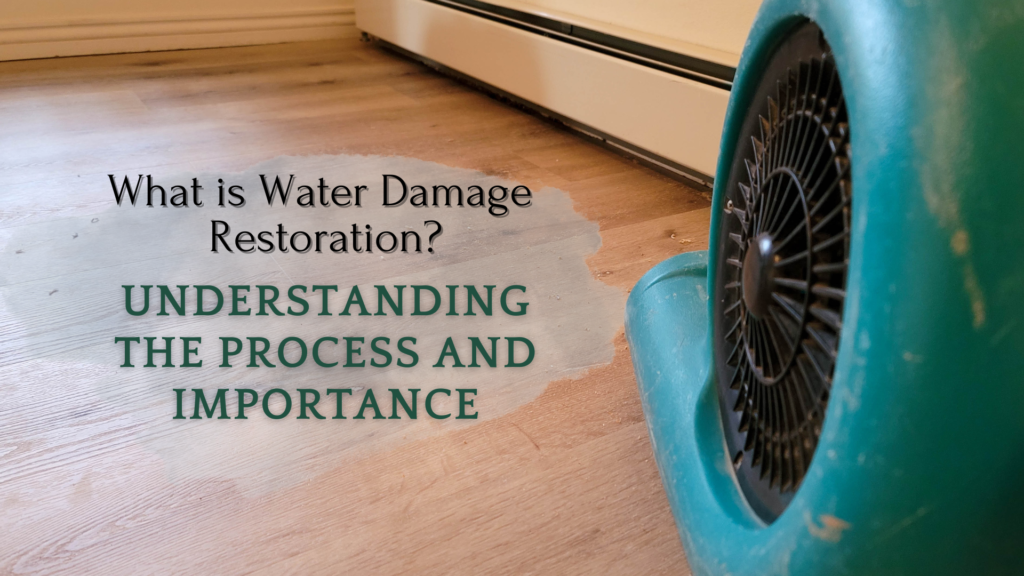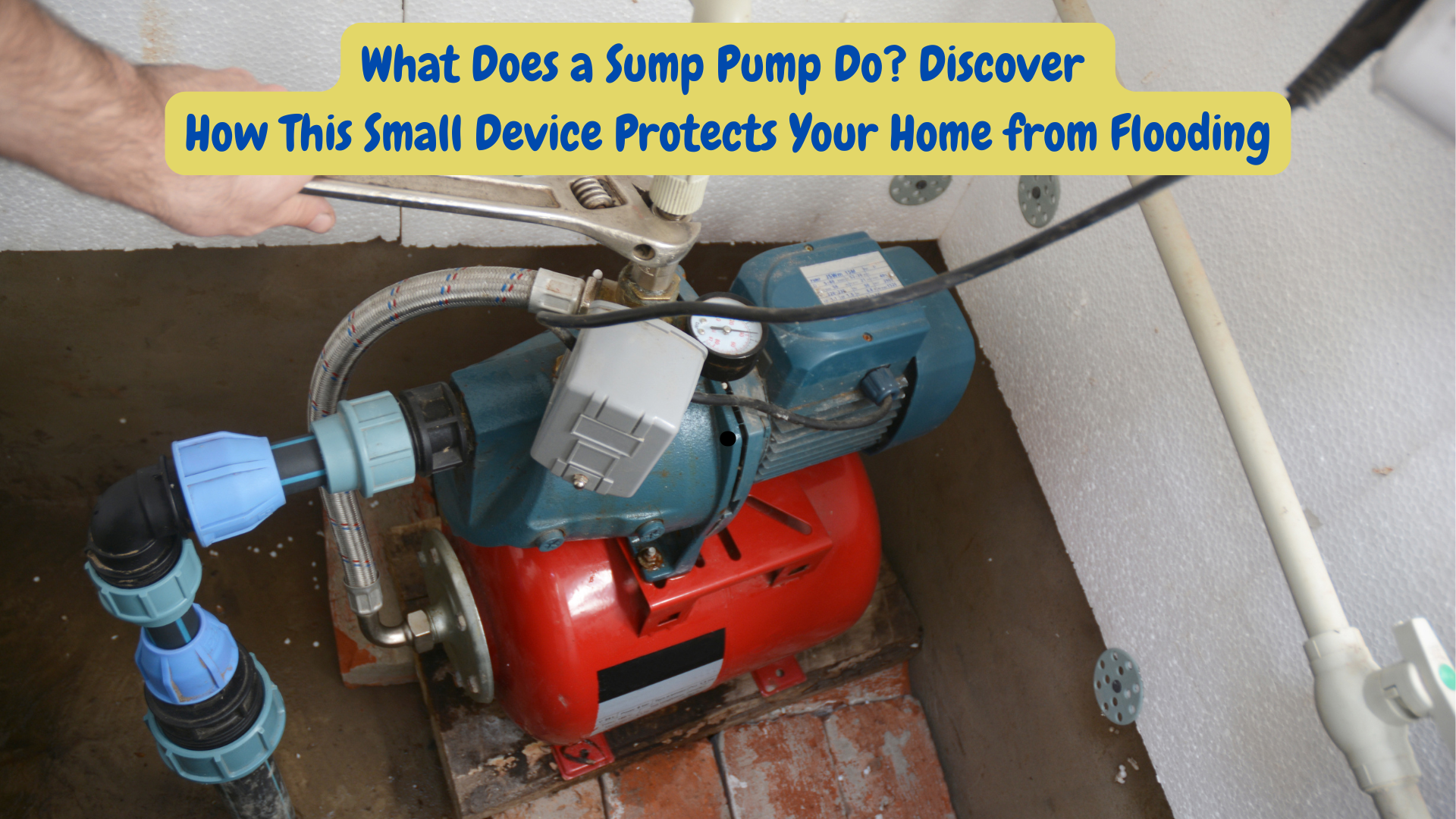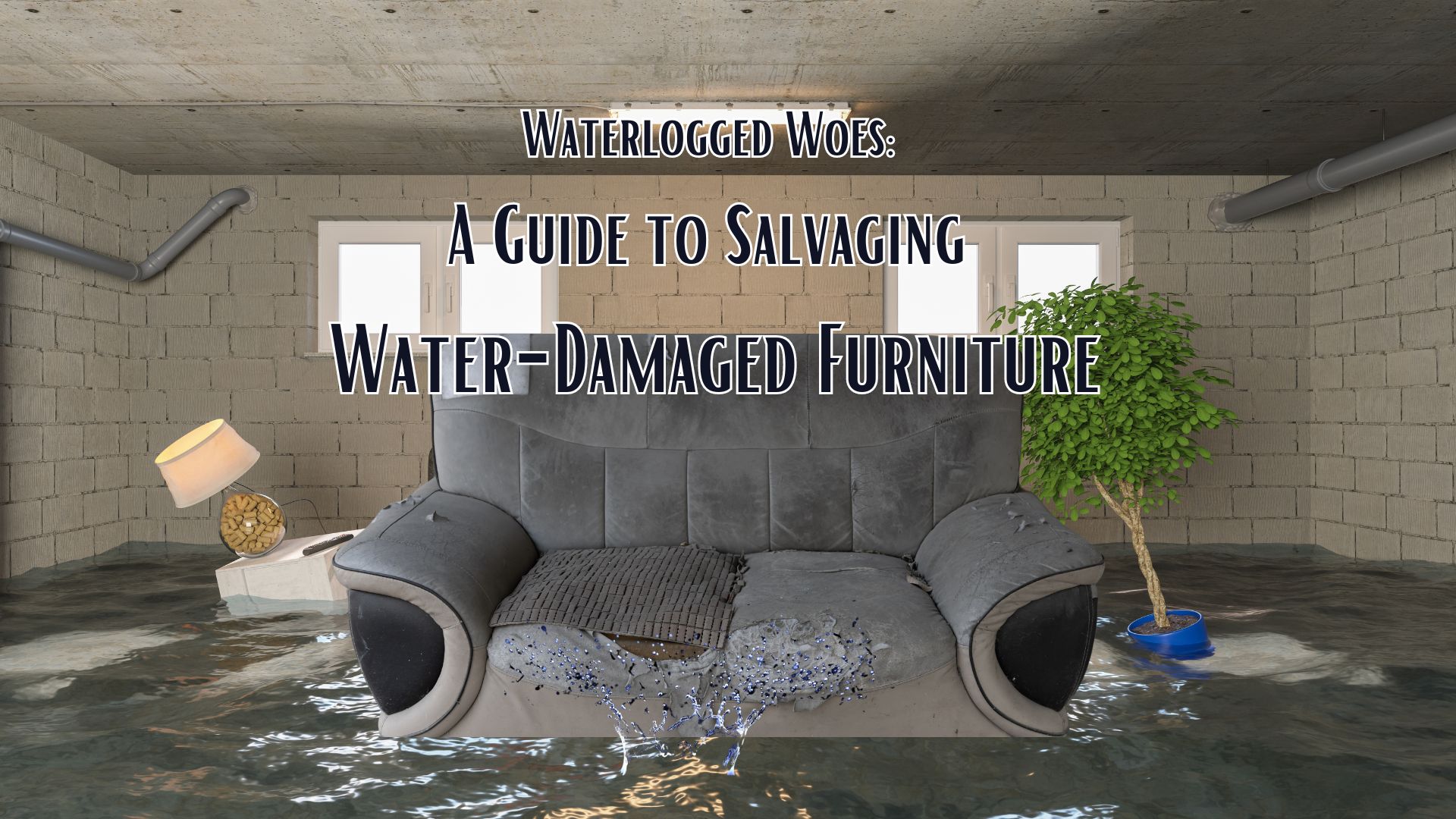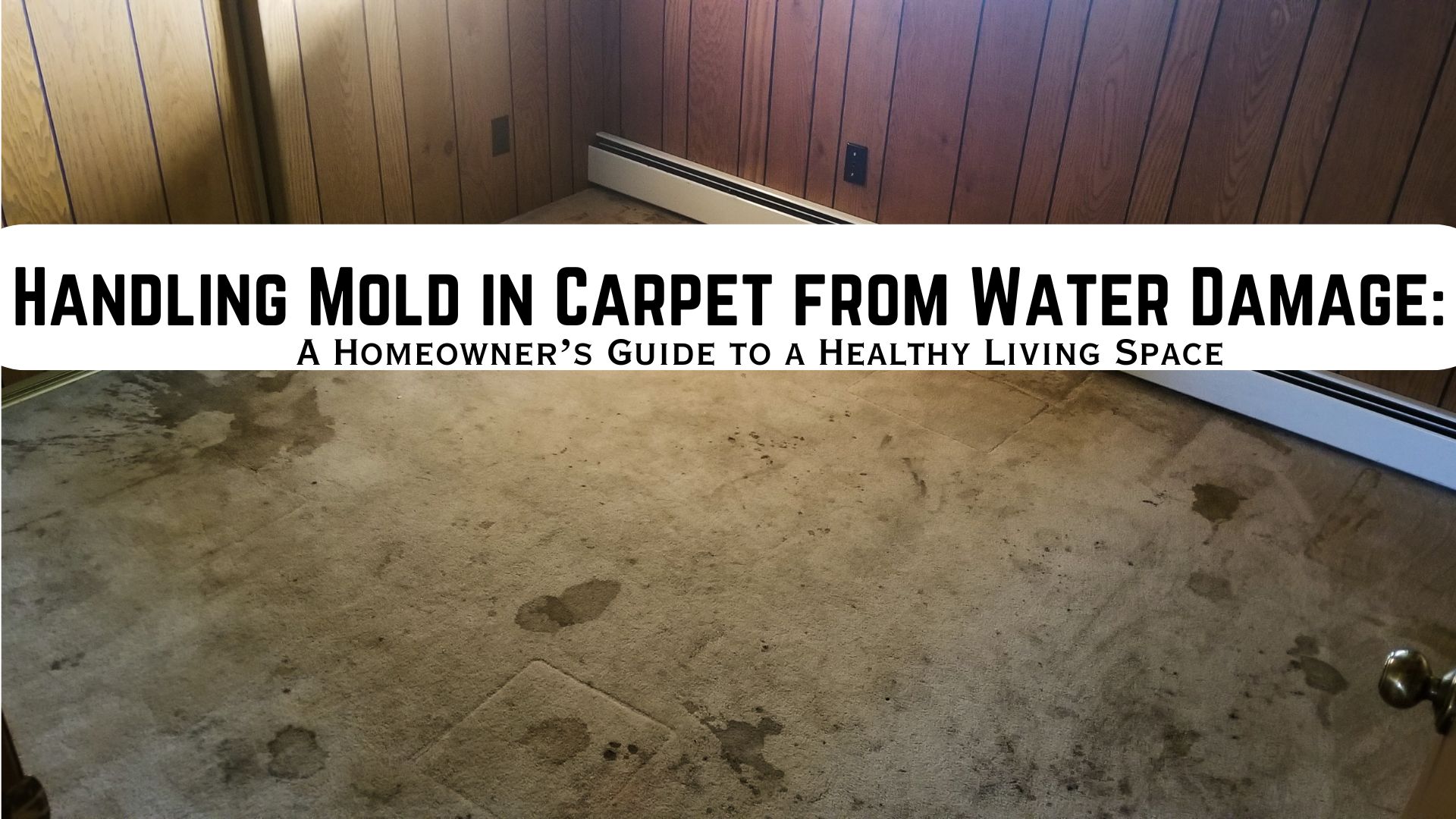What is water damage restoration?
Water damage can wreak havoc on your property, causing structural issues, mold growth, and significant financial loss. When faced with water damage, it is crucial to act swiftly to minimize the potential harm and restore your home or business to its pre-damage condition. This is where the process of water damage restoration becomes necessary. In this article, we will explore what water damage restoration entails, its importance, and the key steps involved in the process.
Understanding Water Damage Restoration
Water damage restoration involves a thorough procedure aimed at minimizing, repairing, and recovering a property that has been affected by water infiltration. It involves professional intervention and a systematic approach to address the damage caused by flooding, leaks, burst pipes, or other water-related incidents.
Water damage can be categorized into three types based on the source and quality of water. Category 1 refers to clean water from sources such as broken pipes or rainwater. Category 2 involves water that may contain contaminants, such as water from washing machines or dishwashers. Category 3 refers to highly contaminated water, such as sewage backups or floodwaters. The severity of the water damage, as well as the presence of contaminants, determines the restoration process.
What is Water Damage Restoration? – Know the Importance
1. Prevents Further Damage: Swift action in water damage restoration helps prevent further destruction to your property. By addressing the issue promptly, professionals can halt the progression of water damage and limit its impact on the structural integrity of the building. Left untreated, water damage can lead to more severe issues such as weakened foundations, rotting wood, and compromised electrical systems.
2. Minimizes Health Risks: Water damage can lead to mold and mildew growth, which can pose serious health risks to occupants. Exposure to mold spores can cause respiratory problems, allergies, and other health issues. By promptly removing excess water and thoroughly drying the affected areas, water damage restoration professionals can prevent the growth of harmful microorganisms, safeguarding the health of those in the space.
Mold growth can occur within 24 to 48 hours after water damage, making it crucial to begin the restoration process as soon as possible. Water damage restoration professionals have the expertise and equipment to spot hidden moisture pockets, ensure proper drying, and implement effective mold remediation strategies.
3. Preserves Possessions: Water damage can cause irreparable harm to furniture, electronics, documents, and other valuable possessions. Through the restoration process, specialists employ techniques to salvage and restore items that would otherwise be lost due to water damage. This includes specialized drying methods, deodorization, and deep cleaning to remove contaminants and restore items to their pre-damage condition whenever possible.
4. Reduces Restoration Costs: Delaying water damage restoration can result in increased restoration costs over time. Water damage tends to worsen with time, and secondary issues such as mold growth can further compound the restoration process. Timely intervention helps prevent secondary damages and reduces the need for extensive repairs, ultimately saving you money in the long run.
Water damage restoration professionals use advanced tools such as moisture meters, infrared cameras, and industrial-grade dehumidifiers to assess the extent of the damage, detect hidden moisture, and execute the most effective restoration plan.
Key Steps in Water Damage Restoration
1. Inspection and Assessment: The first step in water damage restoration is a thorough inspection and assessment of the affected areas. Professionals assess the extent of the water damage, identify the source of the water intrusion, and determine the appropriate restoration plan. This step helps create a roadmap for the restoration process and ensures that no hidden damage is overlooked.
During the inspection, restoration professionals identify safety hazards, assess the category of water damage, evaluate the affected materials, and develop a scope of work. They document the damage, take photographs, and work closely with insurance companies to facilitate the claims process.
2. Water Extraction: Once the assessment is complete, the next crucial step is water extraction. Using specialized equipment such as submersible pumps, wet/dry vacuums, and industrial-strength extractors, excess water is removed from the affected area. This step is vital in preventing further damage and promoting efficient drying.
The extraction process depends on the volume of water and the affected surfaces. Restoration professionals prioritize the removal of standing water and then address water trapped in carpets, padding, and hard-to-reach areas. They also remove damaged materials that cannot be salvaged.
3. Drying and Dehumidification: After water extraction, the drying and dehumidification process begins. Powerful air movers and dehumidifiers are strategically placed to remove moisture from the affected areas, including walls, floors, and furnishings. Thorough drying inhibits mold growth and prevents further structural damage. Moisture meters and hygrometers are used to monitor the progress and ensure that the affected areas reach the desired levels of dryness.
Restoration professionals may also use specialized techniques such as cavity drying, which involves creating small openings in walls or ceilings to facilitate airflow and expedite drying. They continuously monitor the moisture levels and adjust the equipment as needed to ensure efficient and thorough drying.
4. Cleaning and Sanitization: Water damage often leaves behind dirt, debris, and contaminants. The affected surfaces and items need to be thoroughly cleaned and sanitized to ensure a safe and healthy environment. Water damage restoration professionals use specialized cleaning agents and techniques to eliminate bacteria, fungi, and other harmful substances. This step is crucial, especially in cases of category 2 or 3 water damage, which may involve contaminated water sources.
Professional restoration teams employ various cleaning methods, including wet cleaning, foam cleaning, abrasive cleaning, and immersion cleaning, depending on the nature of the materials and items affected. They also deodorize the space to eliminate any unpleasant odors that may have resulted from the water damage.
Restoration and Repairs: Once the affected area is completely dry and sanitized, the restoration and repairs phase begins. This phase involves repairing damaged structures, replacing flooring, repainting walls, or restoring other elements of the property to their pre-damage condition. Restoration professionals work closely with homeowners or business owners to ensure that the restoration meets their expectations.
Professionals actively perform restoration work by incorporating carpentry, drywall repair, flooring installation, painting, and electrical or plumbing repairs. They guarantee the restoration of the property’s structural integrity and the alignment of aesthetics with the original design. Furthermore, they actively carry out a final inspection to verify the successful completion of all aspects of the restoration.
Superior Restoration Understands Your Property’s Restoration Needs
Water damage restoration is a comprehensive process designed to address the devastating effects of water intrusion. By taking swift action and enlisting the help of professionals, you can minimize further damage, safeguard your health, and preserve your possessions. Remember, in the event of water damage, time is of the essence. Seeking prompt restoration assistance is the key to mitigating the long-term consequences of water damage and restoring your property to its pre-damage condition.
When faced with water damage, it is essential to trust the expertise and experience of a reputable restoration company. One such company is Superior Restoration. With their commitment to excellence and comprehensive range of restoration services, they can assist you throughout the entire water damage restoration process.
Superior Restoration understands the urgency of water damage situations and provides 24/7 emergency response services. Their team of highly trained professionals will promptly assess the damage, develop an effective restoration plan, and utilize state-of-the-art equipment to extract water, thoroughly dry the affected areas, and restore your property.
Superior Restoration, with its extensive industry experience, possesses the knowledge and expertise necessary to manage water damage of any magnitude, encompassing both residential homes and commercial buildings. They have the necessary equipment and capability to address various types of water damage, ensuring adherence to proper cleaning and sanitization protocols for the restoration of a safe and healthy environment.
Contact Superior Restoration today for any restoration services you need.





